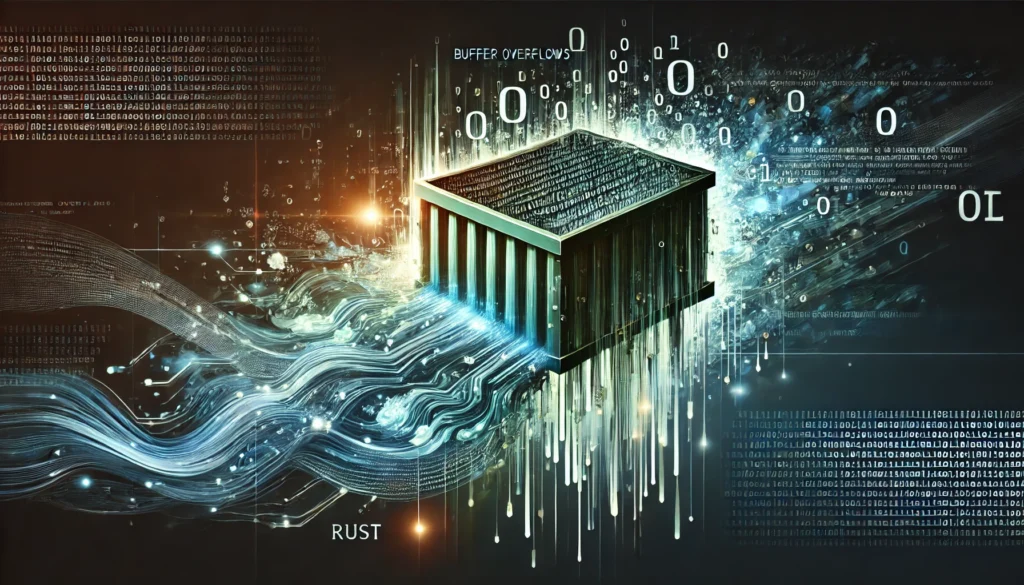Posted inGo Open Source Programming
Secure Communication with Tailscale: A Comprehensive Guide to Padserve
This guide walks you through creating a secure chat service in Go, designed to operate over Tailscale for VPN-like security. From ECDH key exchange to AES encryption, learn how each component strengthens privacy and how the server handles client commands for a fully encrypted communication experience.









